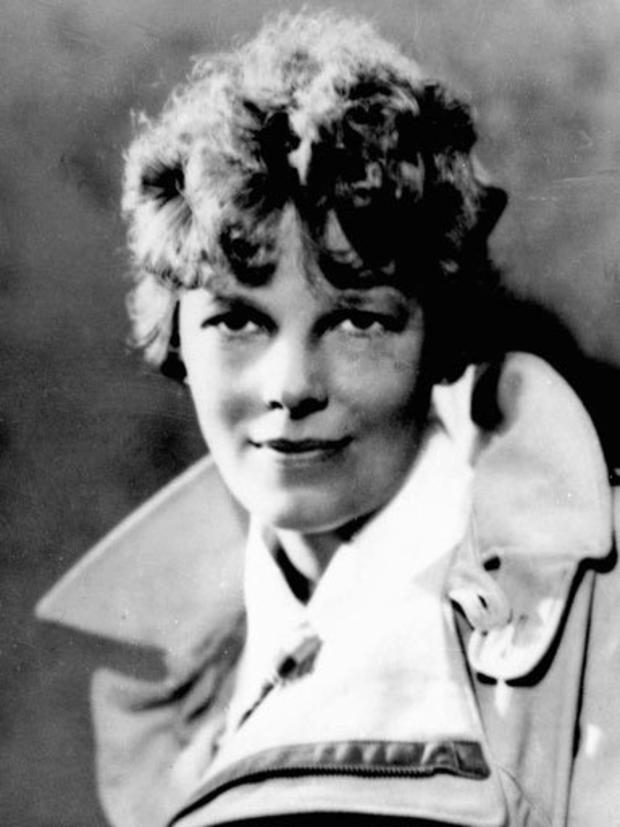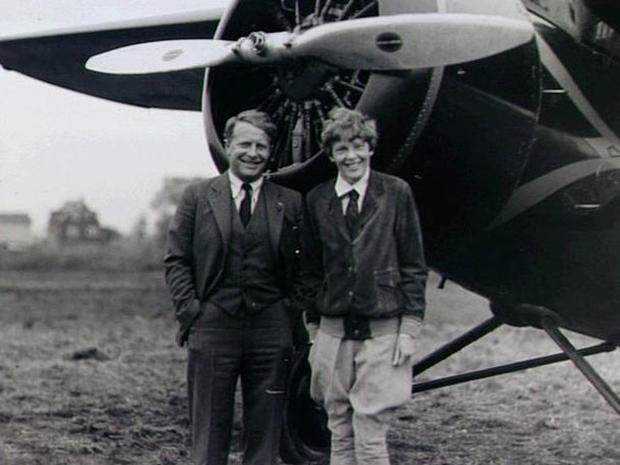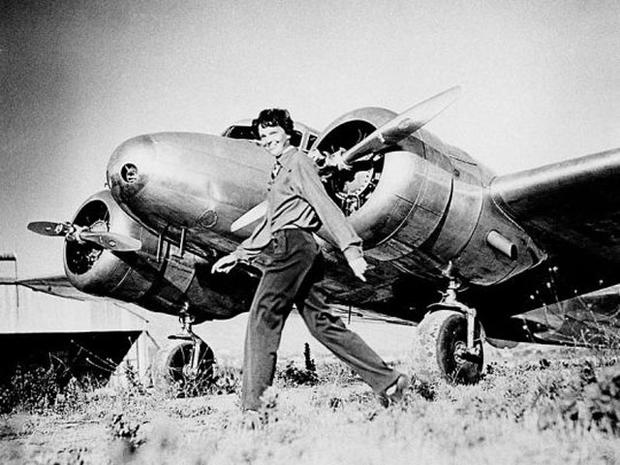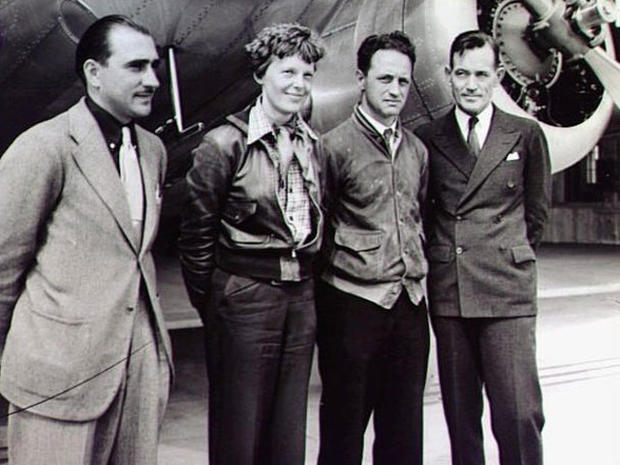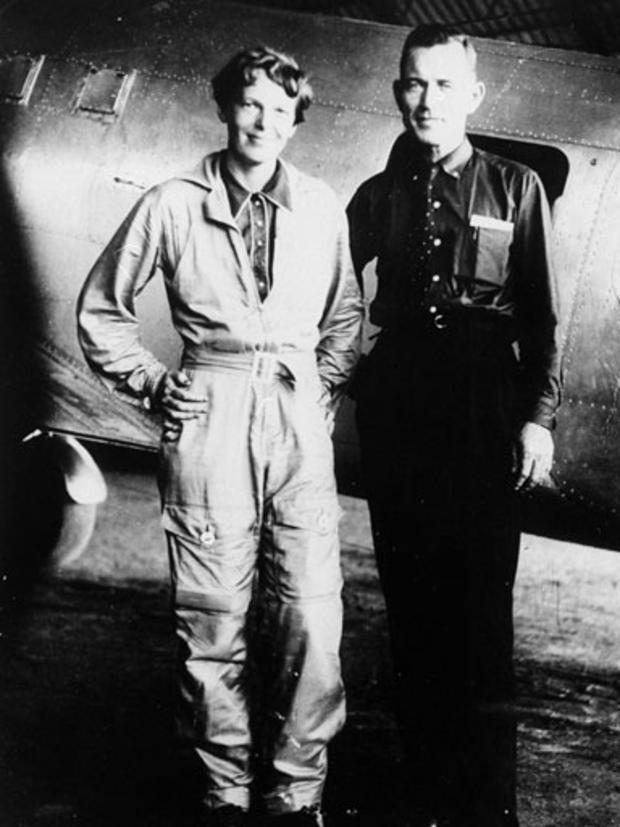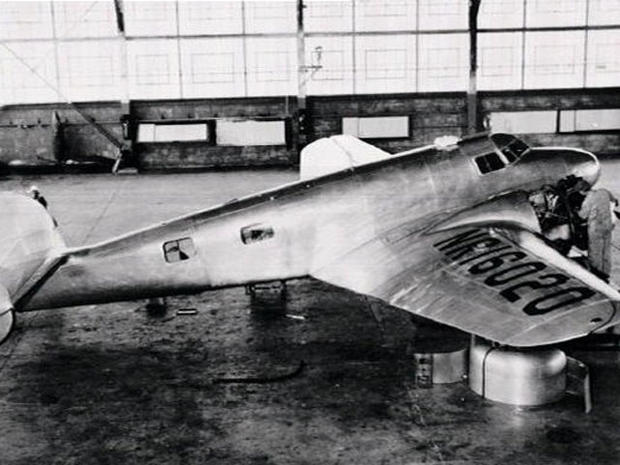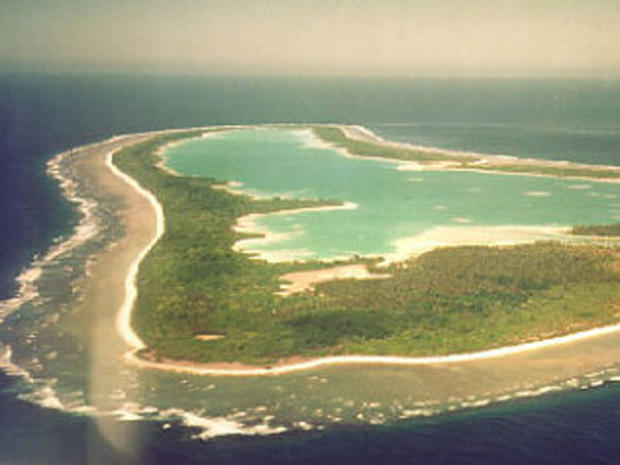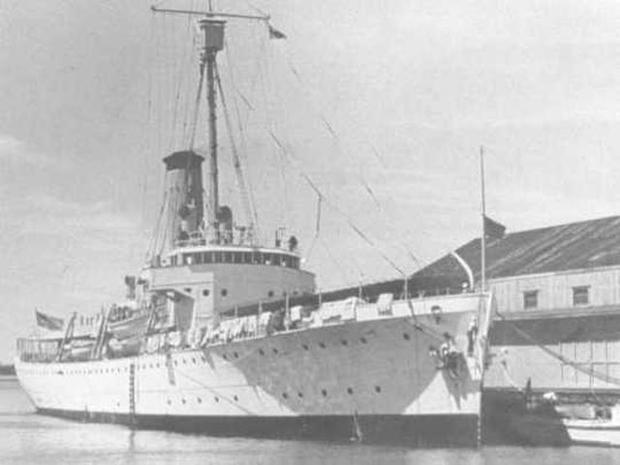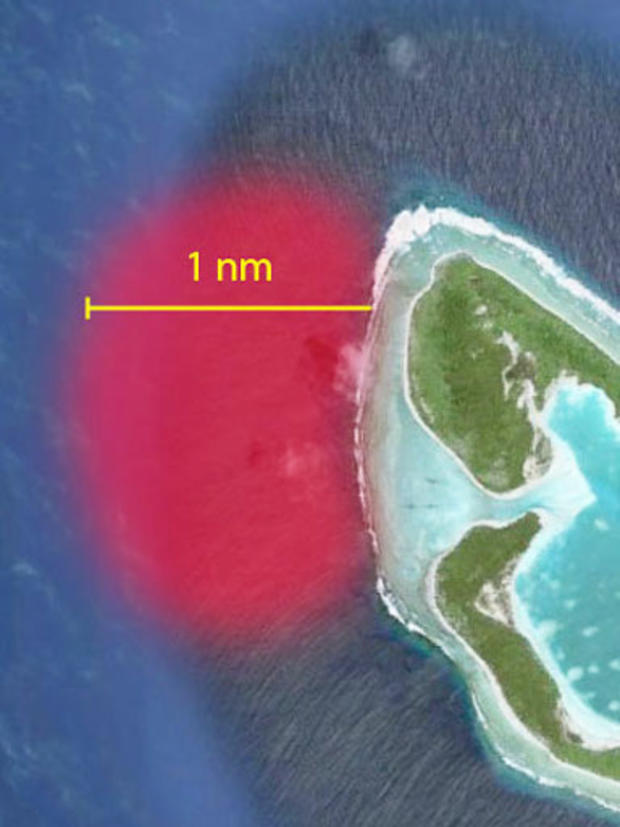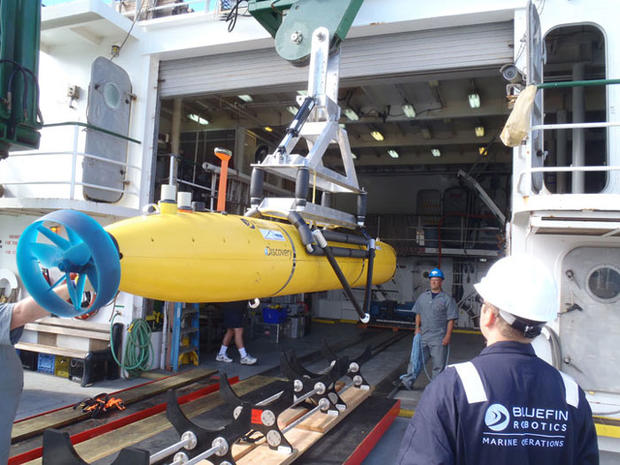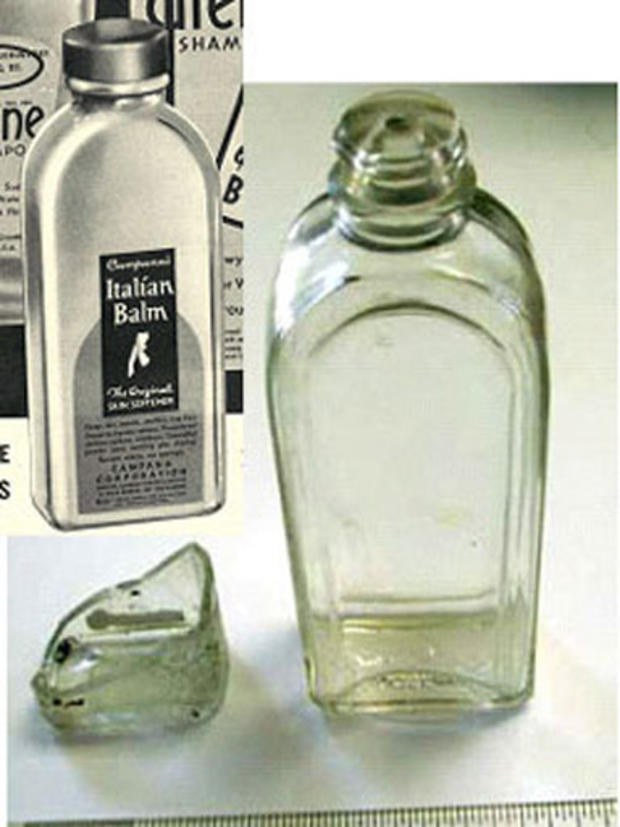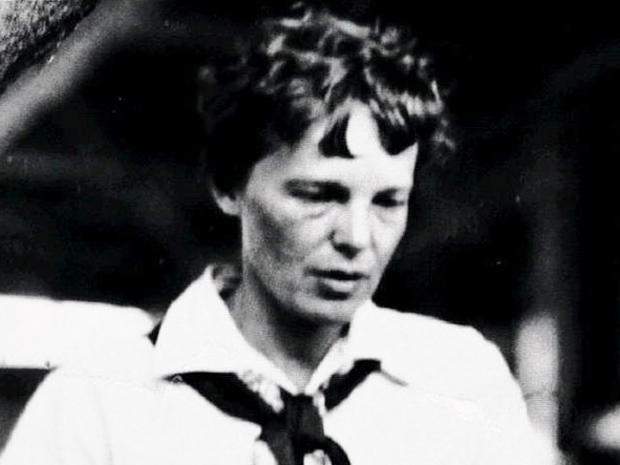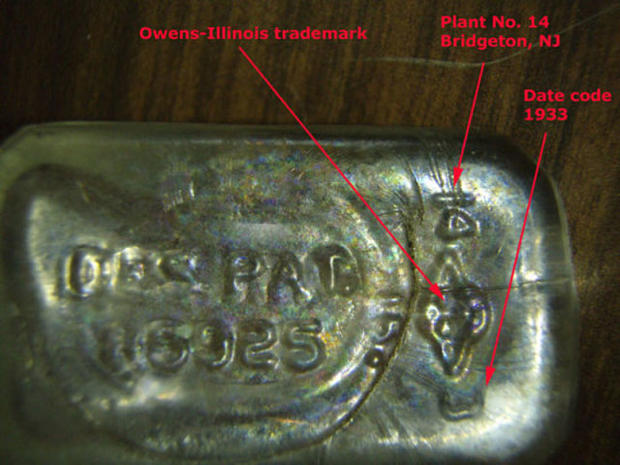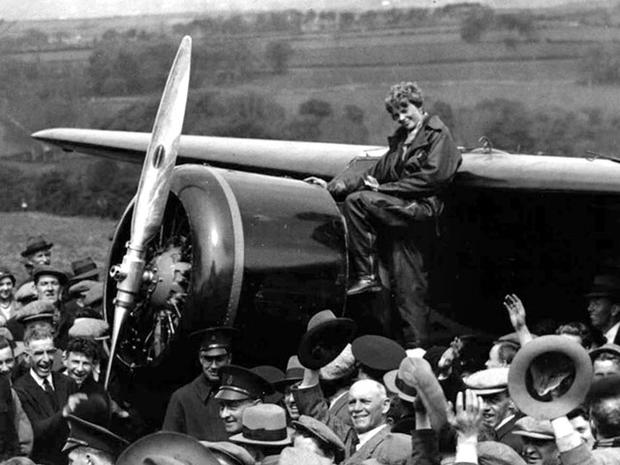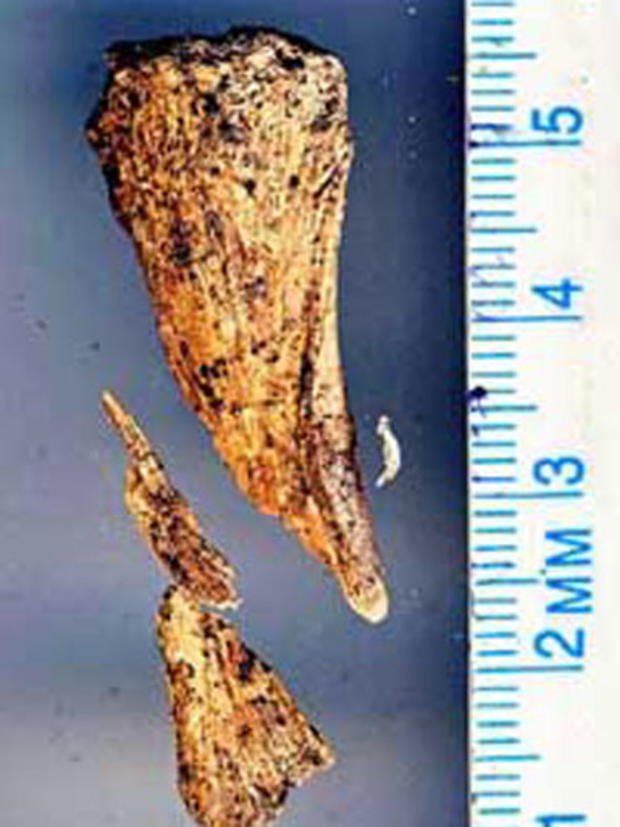Quest to solve the Amelia Earhart mystery
On July 3, 2012, a day after the 75th anniversary of Earhart's disappearance, The International Group for Historic Aircraft Recovery (TIGAR) launched a high-tech deep water expedition - Niku VII - to search for her aircraft, the Earhart Electra, in the waters adjacent to Nikumaroro in the Republic of Kiribati.
In this 1937 photo, Earhart stands with a Lockheed Electra 10E aircraft in Oakland, Calif.
On June 1, 1937, Earhart and her navigator, Fred Noonan, departed from Miami and began the 29,000-mile journey. By June 29, when they landed in Lae, New Guinea, all but 7,000 miles of the planned route had been completed. The final radio transmission came through on July 2, 1937: "We are running north and south." Earhart and Noonan were never heard from again.
A rescue attempt commenced immediately and became what was then the most extensive air and sea search in naval history. On July 19, 1937, after spending $4 million and scouring 250,000 square miles of ocean, the U.S. government called off the operation. Earhart is seen here in this undated file photo.
Having failed to find their next destination on the journey, Howland Island, Earhart and Noonan continued on the navigational line Earhart said they were following when they last communicated with their radio contact.
Following that line, researchers now believe the uninhabited Gardner Island, now known as Nikumaroro and seen here, may be the location where Earhart landed the Electra safely on the island
Using sonar technology, TIGHAR's research vessel, Ka'Imikai-O-Kanaloa (meaning heavenly searcher of the seas) planned to set out on the long-awaited search for Earhart's Lockheed Electra in the deep waters off the reef at Nikumaroro. The location of the search area is seen here.
Once the AUV has concluded its coverage of the search area, the collected sonar data have been analyzed, and a list of targets of interest have been compiled, a remote operated vehicle (ROV) will be deployed to further investigate the targets. Tethered to the expedition vessel, the ROV is directed to the desired locations by an operator aboard the expedition vessel.
The ROV is equipped with sector-scan sonar to help re-locate the target. It has powerful lights and high-definition video cameras to provide real-time imagery to the operator, along with a manipulator arm which can be used to remove obscuring objects, TIGHAR explained.
Tests of a bone fragment that could have been from Earhart
